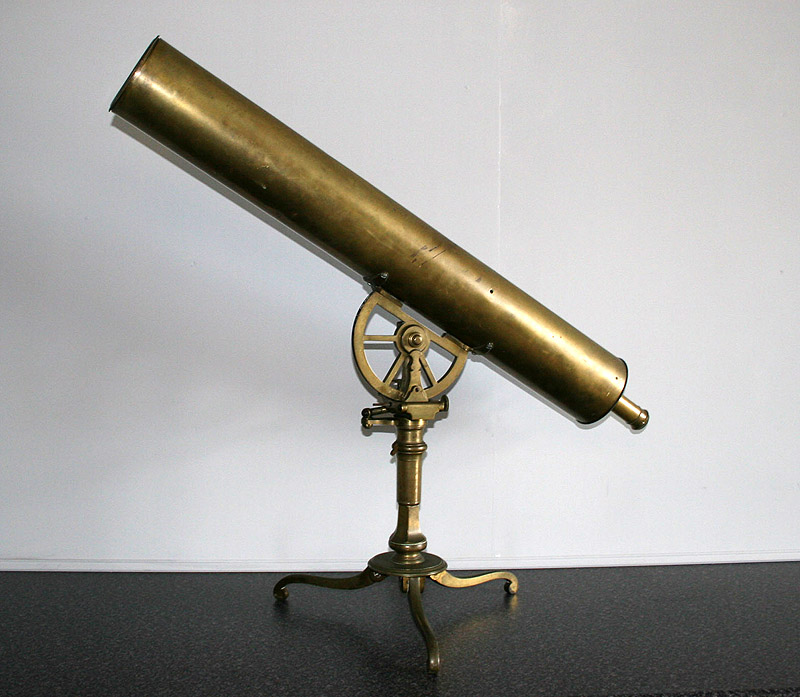

The best approach in flagging sources around bright stars is to remain conservative, defining larger regions than perhaps is necessary. Theoretical predictions agree well with measured values but outliers are present due to the subjective nature of the measurements. The largest ghost appears until J 2MASS <= 6 the intermediate J 2MASS <= 7 and the small J 2MASS<= 9. Points are measured direct from VIKING imaging frames, red dashed lines show theoretical predictions. The extent of ghosts around bright stars. This is a distinctive feature compared to the spikes that are not stationary.įigure 3. As the ghost patterns are produced entirely inside the camera hardware they always keep their relative location on the image and remain the same for a given field. In other words, the exclusion of objects covered by ghosts does not increase number much compared to the spike exclusion areas. Bearing in mind that the displacement from the object center is small, the spike radius usually contains the ghost images.

The figure also shows that ghost radii are usually slightly smaller than the empirical spike model radius at all magnitude values (see below). The large ghosts dominates down to J < 6, the intermediate J < 7, and the smallest to J < 8. Reproducing the empirical findings of Findlay, in Fig.3 (below) dashed horizontal lines mark the sizes and magnitude ranges of the dominant ghost images.

The largest ghost images are only seen around the brightest stars, while only smaller size ghosts remain visible around somewhat fainter stars. Depending on the brightness of the bright objects, the dominant ghost image size changes. There are three reflection paths corresponding to three different diameter ghost replicas. Ray path diagram showing the production of the small ghost images around bright sources in the VISTA images.


 0 kommentar(er)
0 kommentar(er)
